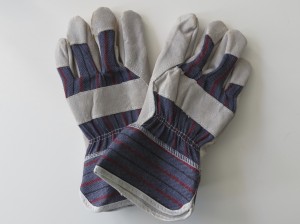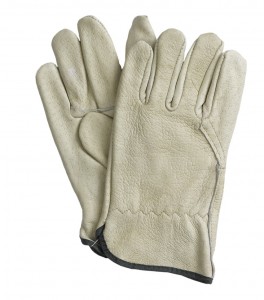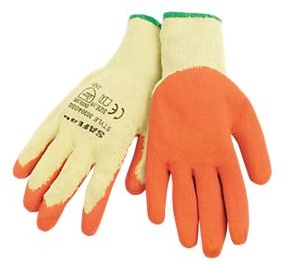Work gloves for DIY
Work gloves are an essential part of any DIY toolkit, and in recent years there have been big improvements on comfort, protection levels, and clever design additions, that have basically been of a great help to any DIY enthusiast. Before I let you know which are my ‘go-to’ gloves, I just though it worthwhile to have a look at a few of the standard options out there, which still certainly have a use, but have in my opinion, now been overtaken by far better options.
Rigger gloves

Rigger gloves……just too uncomfortable for me…
Riggers are basically the traditional work glove. They’ve been around ‘forever’, certainly offer some protection, and of course there are various different qualities, with embellishments such as extra knuckle protection, or better quality leather palms etc etc, but the problems I have with them are basically 2-fold. Firstly, they’re not comfortable as by design the courseness of the leather used doesn’t mould around your fingers. Secondly, once you get them wet, and then you leave them to dry out, trying to get them on and ‘moving’ again isn’t that easy.
Maybe I’m blessed with incredibly feeble fingers, or just expect too much but, I really do feel that everytime I use Riggers, it takes a while to mould them back into a decent working shape. Anyway, that’s my moan, I still use them for heavy duty work, but only ever as a second option.
Leather work gloves

Leather gloves will offer protection, but probably won’t last long for any serious DIY.
Leather work gloves are certainly an option for DIY but they tend not to be as hardwearing as the Riggers, basically because the leather is often softer and will therefore be less durable.
The upside is that they fit and feel much better on, and of course, you will get varying different qualities and thicknesses, but they still, for me, seem to be more of a gardening glove as they’re just not going to take the punishment of picking up all manner of masonry, blocks, bricks and rough timber that you’ll be using around your ‘site’.
So, for a bit of pruning, nice comfortable leather gloves are a great choice, but for DIY, they certainly will do the job, but only for a limited time.
Chemical protection gloves
One further point worth mentioning as we’re on the subject of gloves, is that just because you’ve bought something called ‘work gloves’, it doesn’t mean they will protect you against everything! You do need to take care if you’re going to handle any hazardous substances such as drain cleaners etc.
So if you do need to handle any chemicals, remember to protect yourself accordingly, and that includes with gloves. Hazardous products should always have the degree of protection you need stipulated on their instructions. If in doubt, contact the manufacturer.
My choice of work gloves

Great design, great for work, comfortable and warm. What more do you need?
It is difficult to give a precise name here as there are many slightly different variations on the same design. The important factor is that all have a latex type palm and fingers which has a crinkle finish that helps to provide excellent grip.
Most are also thermally lined, and dare I say it ‘fit like a glove’, so you really feel that your fingers are in strong contact with whatever object you are picking up. At present the best options are the General Handling Building Gloves supplied by Screwfix (pictured right). They are simply excellent quality at that price. Other makes to look out for are Acetherm and Reflex-T, pairs of which I also own.
